Low power design
Designing components and systems with an emphasis on minimizing active (dynamic) and standby (static) power consumption. Increasingly this is addressed by careful logical design of the design in RTL together with companion "power intent", provided as Unified Power Format (UPF) annotation, standardized in IEEE 1801 specification.
Explore This Interest
Projects Using This Interest
Reference Design
Active Project
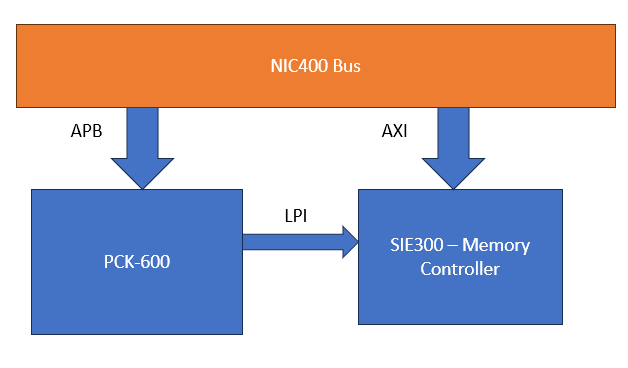
Reference Design
Active Project
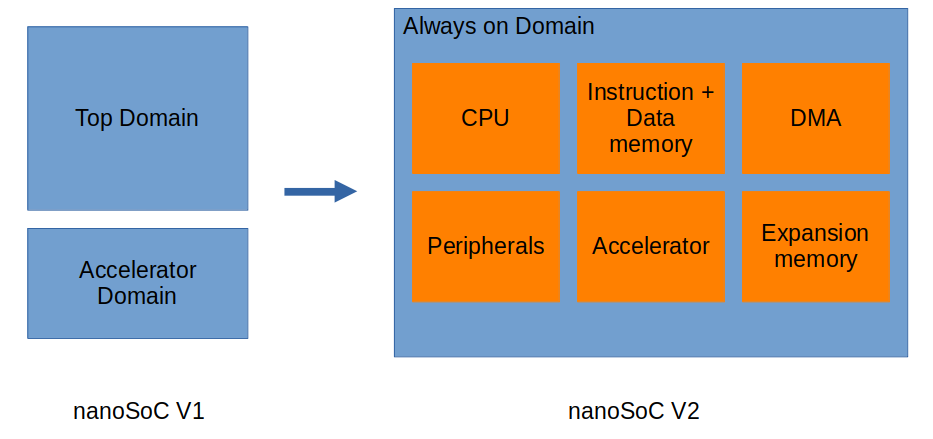
Reference Design
Active Project
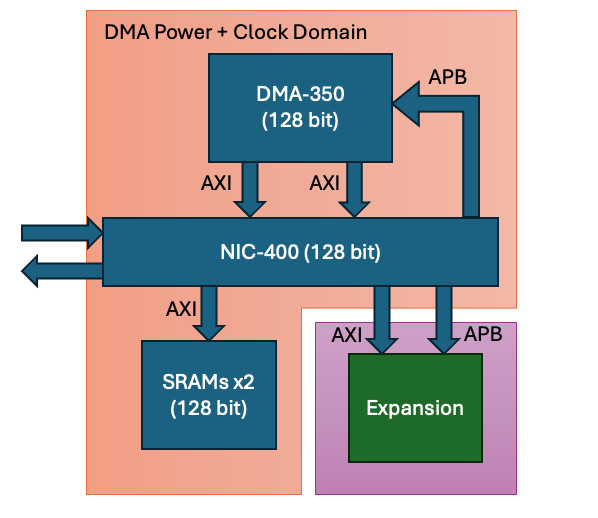
Competition 2024
Competition: Hardware Implementation
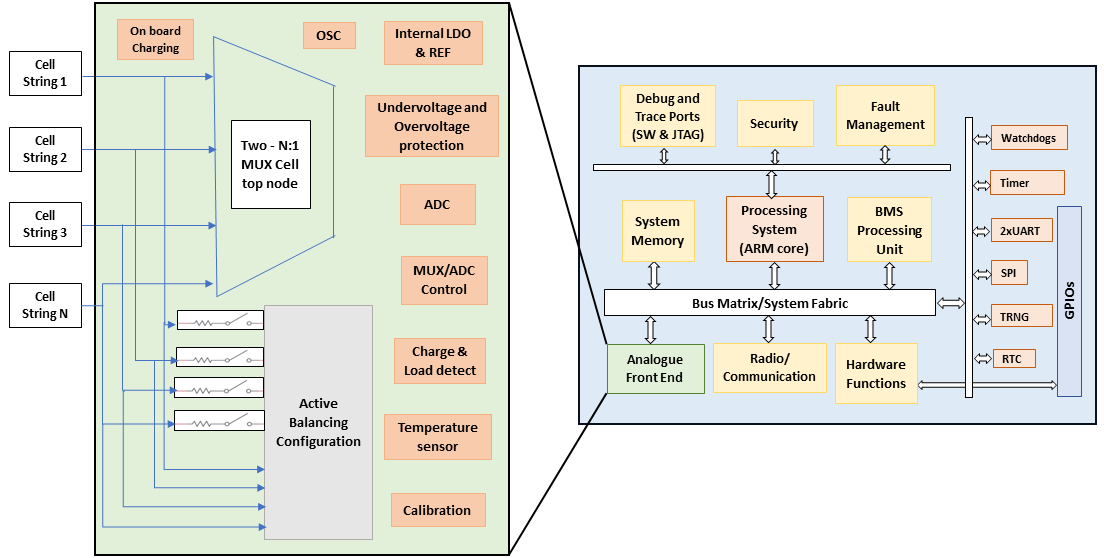
Competition 2023
Competition: Hardware Implementation
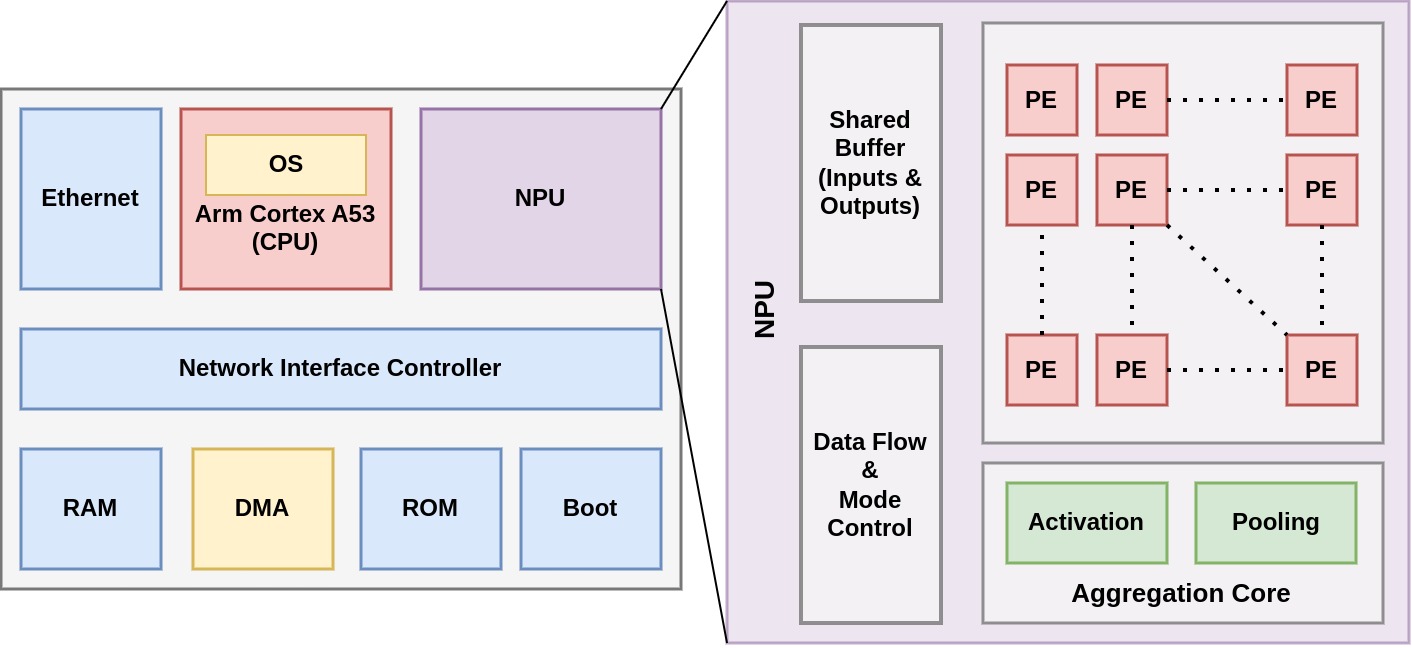
Known Good Die
Known Good Die
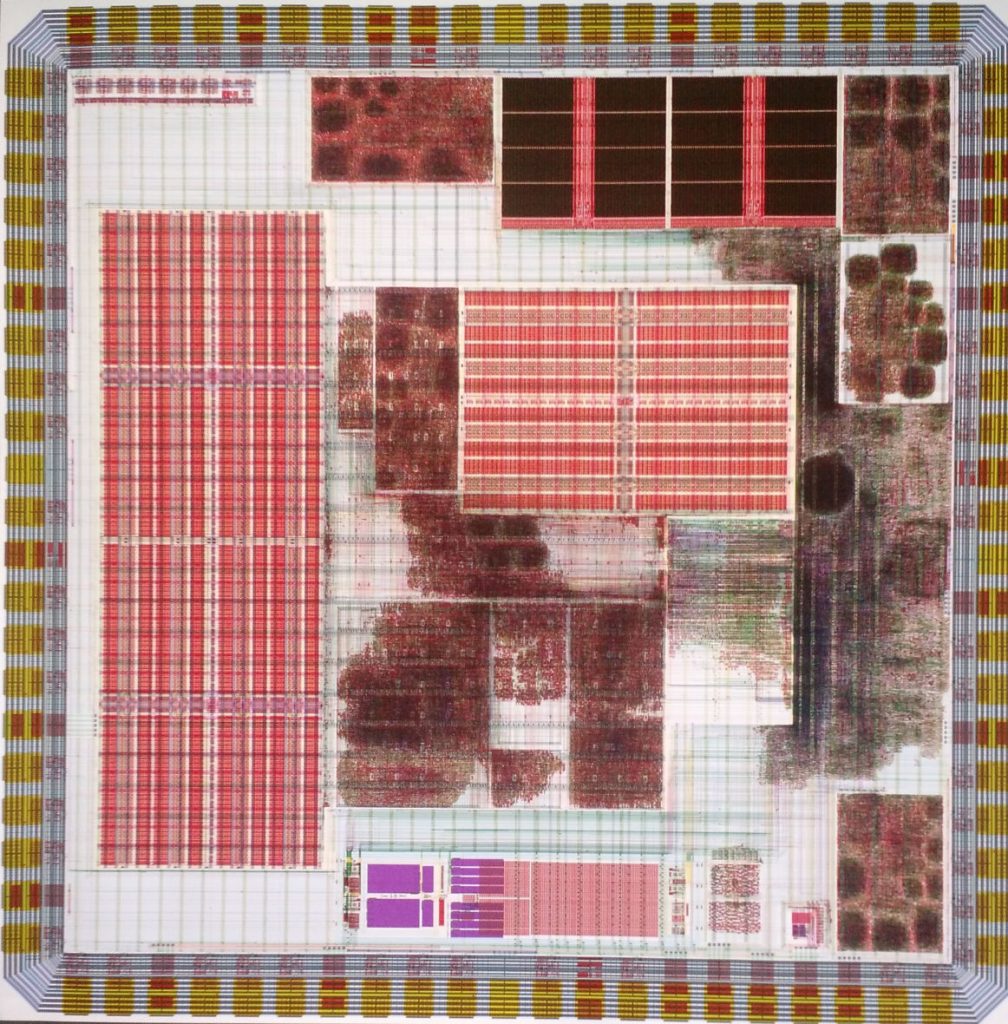
Collaborative
Active Project

Experts and Interested People
Members
Research Area
Analog IC design, lab on a chip and ASIC SoC
Role
National Center in IC design








Comments
Expanding this area of interest
Hi,
There are quite a few people signed up to this interest. It would be great if people could add resources or content of interest. It is easy to do. Just click on the Edit tab when logged in.
Once you are happy with your submission. Save to Editorial review.
You can also simple add a comment, or reply to this one.
We look forward to hearing from you.
Add new comment
To post a comment on this article, please log in to your account. New users can create an account.